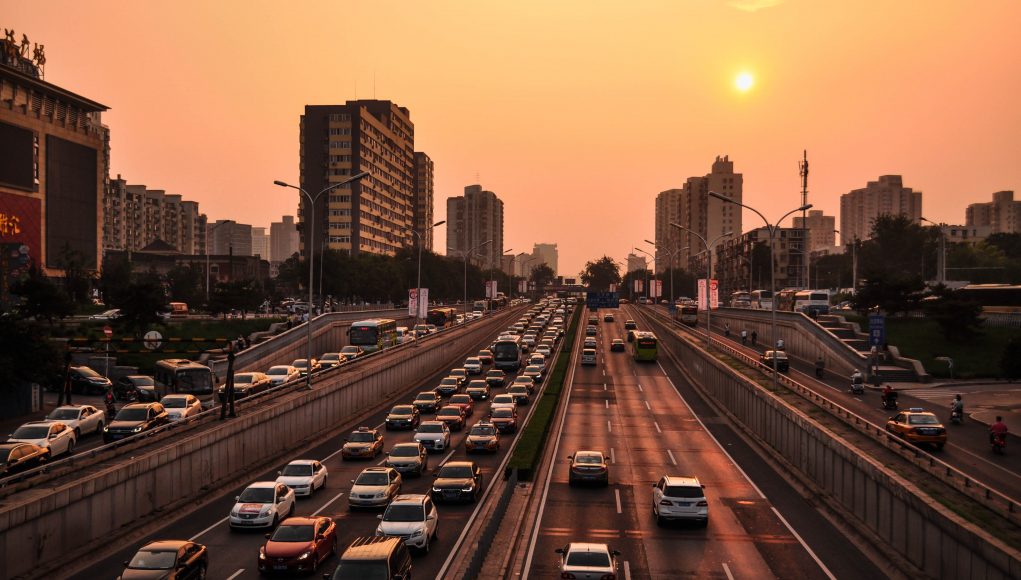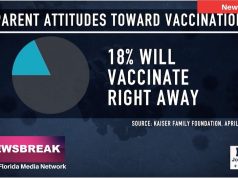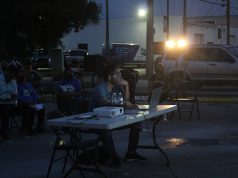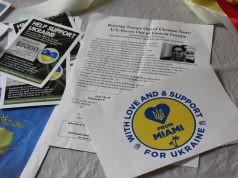Traffic has dropped across the country since the pandemic hit, and the appeal of open roads has proven to be a dangerous temptation for drivers. The result has been a 14% increase in the fatality rate nationwide.
But in Miami-Dade, the number of deaths has fallen from last year, according to Lieutenant Alex Camacho of the Florida Highway Patrol. The reduction is not indicative of better driving, however.
“Traffic was significantly decreased, but we did notice that people were driving at a much higher rate of speed because the roadways were wide open,” said Camacho.
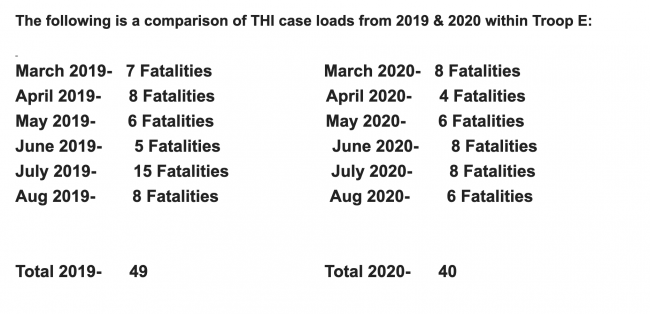
With nearly 3 million people in Miami-Dade County, it seems any decrease in cars on the road improves the rate of deadly collisions.
“I don’t know how many people are driving, but if there’s nobody on the road, there are fewer crashes, fewer injuries, fewer fatalities,” Camacho said. “This started in March, but by April it was kind of like everybody was in place already, nobody was going to work, there was no school — everybody was [following] stay-at-home orders.”
Research done by professors of engineering and urban planning from five universities — including two in Florida — on the traffic impacts of COVID-19 found that on March 22, traffic was down 47.5% nationally from what it had been the same time last year.
According to Alice Bravo, Director of Miami-Dade’s Department of Transportation and Public Works (DTPW), current traffic is only down by 15 to 18%.
A timeline of statements made by Mayor Carlos Gimenez indicates that Miami-Dade did not begin enforcing closures until March 17. Stay-at-home orders came March 26. The first reopenings, which included parks, marinas, golf courses and boat ramps, occurred as early as May 3, and the number of businesses and services reopening in recent months has increased dramatically — along with traffic volumes.
According to the professors’ research, there seemed to be a slight lag in Florida’s travel decrease as compared to other places including rural areas. To pinpoint the reason requires further research, but the traffic trends appeared to follow closures and reopenings rather than the severity of COVID-19 spread. That is to say — there seems to be a possibility that closures are the biggest factor in reducing travel in South Florida, rather than the state of the pandemic.
According to Tish Burgher, the communications manager for Florida Department of Transportation District 6 (FDOT6), the department does not have traffic volume detectors along US-1, so data on large roads such as South Dixie Highway can’t be obtained. However, personal accounts indicate the usually busy road followed the same traffic patterns found throughout South Florida.
“It definitely dropped when the lockdowns began. . . and a modest increase when reopenings began,” said Brian Sippin, 34, a lifelong resident of South Miami who lives right off US-1. Sippin said that traffic has visibly increased in recent months, especially during rush hour between 4-5 p.m., but that it still doesn’t appear to be at its original volume.
“There were still more people out and about than there should have been. . . people won’t stop doing something until it’s illegal,” Sippin said in reference to other people leaving their homes and partaking in social events once restrictions were lifted during the pandemic.
Bravo confirmed that traffic volumes were significantly lower earlier this year when businesses had first been restricted.
“The big variable is actually the delay that people experience,” Bravo said, explaining that the department is still seeing a sizable reduction in the number of cars getting backed up at intersections during red lights. “Delays and congestion are significantly less than what we experienced a year ago.”
Nationwide, school closures are what most significantly decreased traffic.
“Schools haven’t opened up yet, so that’s actually a huge variable in terms of congestion,” Bravo added.
With many schools allowing students to opt for virtual learning for the remainder of the year, and the uncertainty of businesses continuing to operate remotely, it’s difficult to guess how long these unusually empty roads will last.
Children returning to school would certainly mean more parents choosing to return to work.
“There will definitely be a change in travel patterns [going forward],” Bravo said. “How long-lasting they will be? That is the question.”
Bravo said telecommuting has long been promoted as a way to help congestion and traffic overall. She believes technology has reached a level of sophistication where it’s not necessary for everyone to go to work every day.
“It’s definitely a trend that is in everyone’s best interest,” she said. “If more people could remain working remotely, it benefits everybody.”
This story is part of a collaboration between Miami Today and Florida International University’s Department of Journalism + Media.


























